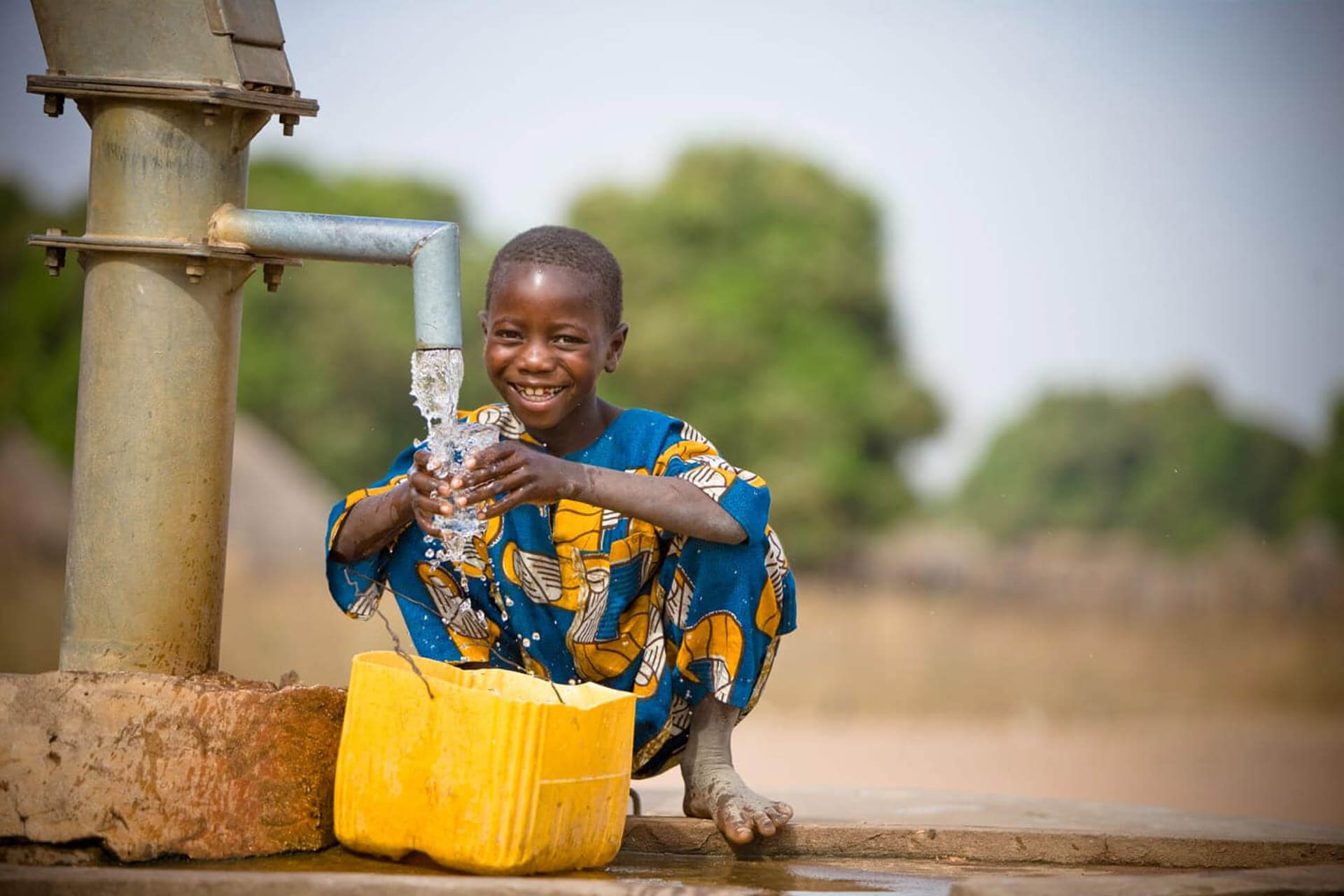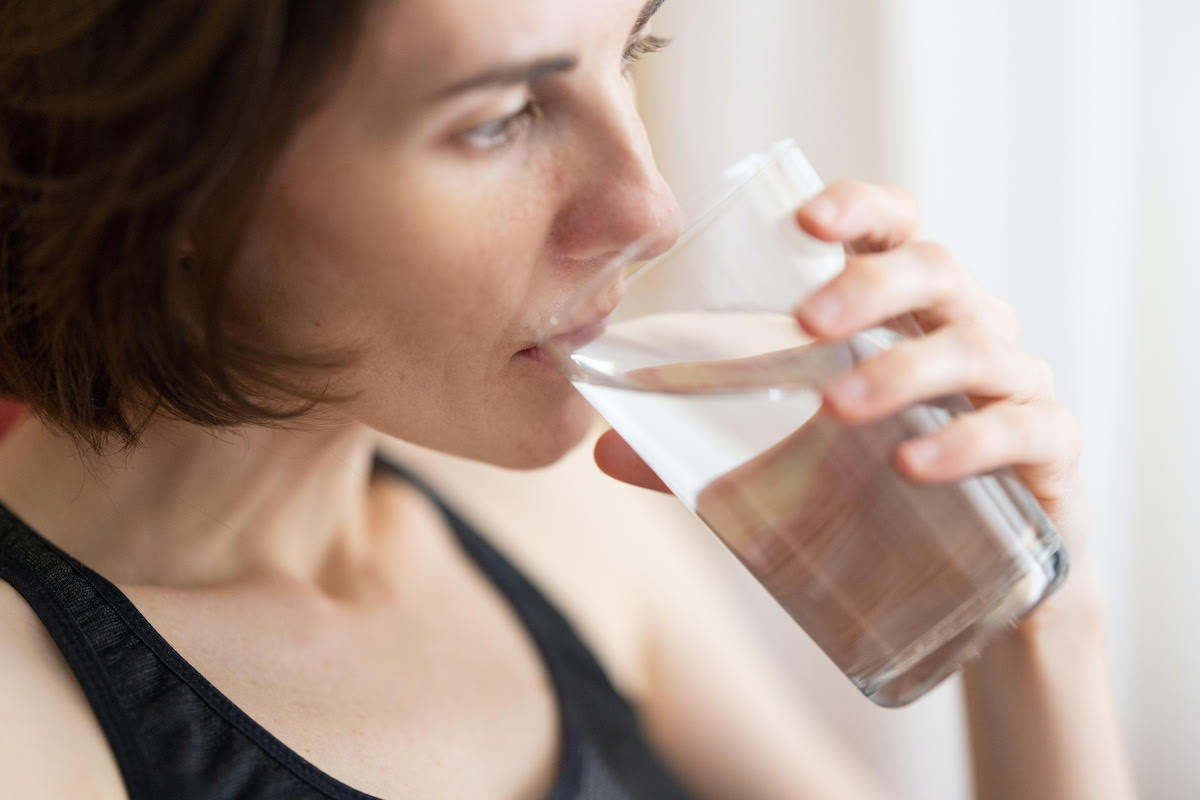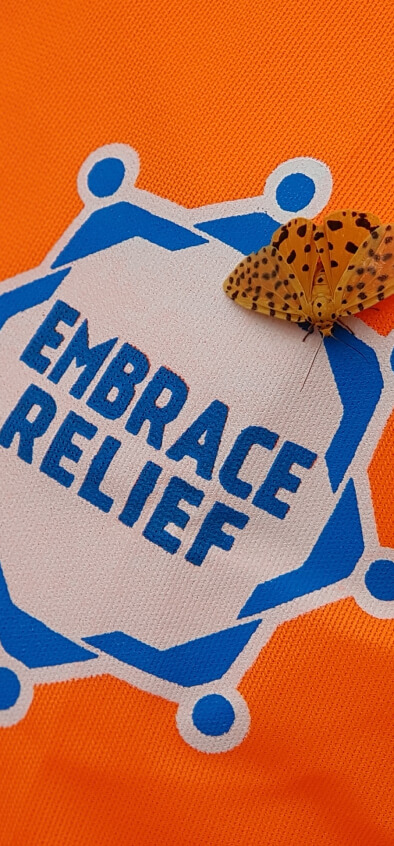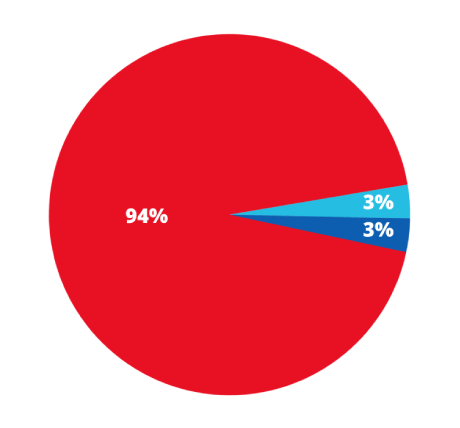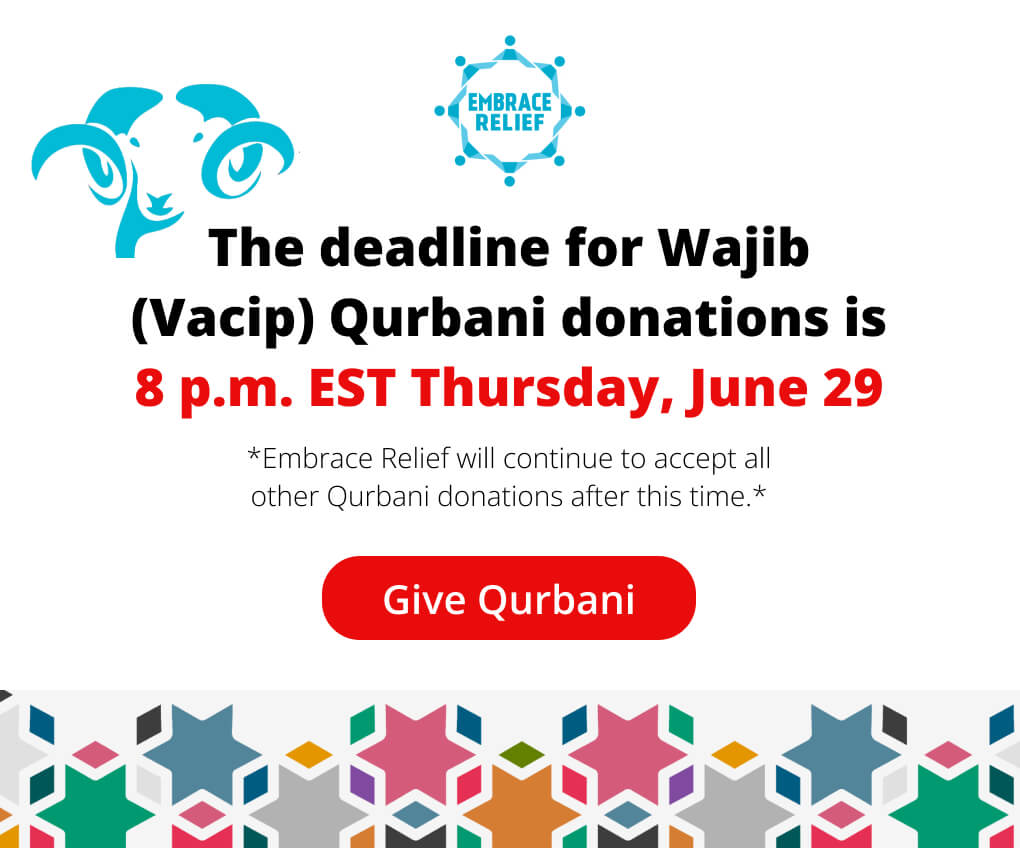Summary
- Staying hydrated during hot weather is one of the most important ways we can stay healthy.
- Learn about how much more water you should drink if you are engaging in outdoor activities in the heat.
- Millions of people are unable to access the water they need to stay cool during the summer time. Learn about how you can help Embrace Relief provide this to communities across Africa.

Staying hydrated is of paramount importance during heat waves, as high temperatures and excessive sweating can lead to rapid fluid loss and potentially dangerous health consequences. Water is an essential nutrient that plays a crucial role in maintaining bodily functions, and its significance becomes even more pronounced in hot weather. Adequate hydration helps regulate body temperature, support cellular activities, transport nutrients, and remove waste products. Thus, understanding the importance of drinking enough water during heat waves and knowing the appropriate amount to consume when the temperature rises above 90 degrees Fahrenheit (32 degrees Celsius) is essential for safeguarding one’s well-being.
Heat waves expose the body to constant high temperatures, causing it to perspire more in an attempt to cool down. This perspiration contains water and electrolytes, such as sodium and potassium. Prolonged exposure to high temperatures and inadequate fluid intake can disrupt this delicate balance, leading to dehydration. Mild dehydration can cause symptoms like dizziness, fatigue, dry mouth, and reduced urine output. In more severe cases, dehydration can result in heat-related illnesses such as heat exhaustion or heatstroke, which can have serious health implications, including organ damage or even death.
Extreme heat calls for thoughtful water consumption
The Harvard Medical School estimates that, under moderate climate conditions, the recommended daily water intake is about 15.5 cups (slightly less than 1 gallon) for men, and 11.5 cups (slightly less than 3 quarts) for women. This number includes water we consume directly, as well as the water found in other beverages, like coffee, tea and sports drinks, and the fruits and vegetables we eat. An average person will generally need to drink between 4-8 cups of water daily to meet this recommendation, but this is only a guideline.
Regardless of exactly how much water you need to drink each day, during heat waves, this requirement can significantly increase. When the temperature climbs above 90 degrees, the body’s need for water intensifies due to the higher rate of fluid loss through sweat. In these conditions, it’s advisable to adjust your water intake to compensate for the additional fluids lost through sweating. The exact amount can vary based on factors such as age, body weight, activity level, and individual tolerance to heat.
For people who work outdoors during heat waves, or for people who participate in outdoor activities, the Centers for Disease Control recommends the following during their period of activity:
- Drink 1 cup (8 ounces) of water every 15–20 minutes. This translates to 0.75-1 quart (24–32 ounces) per hour.
- Drinking at shorter intervals is more effective than drinking large amounts infrequently.
- Do not drink more than 48 ounces (1.5 quarts) per hour! Drinking too much water or other fluids (sports drinks, energy drinks, etc.) can cause a medical emergency because the concentration of salt in the blood becomes too low.
Hydrating at night and in the morning is equally important, the CDC notes, because this will make it easier for your body to stay hydrated throughout the day, and puts less strain on your body.

A more personalized approach involves listening to your body and paying attention to thirst cues. If you’re feeling thirsty, it’s a sign that your body is already experiencing a level of dehydration. Therefore, it’s wise to preemptively drink water at regular intervals even if you don’t feel thirsty.
Sports drinks or oral rehydration solutions containing electrolytes can also be beneficial during extended periods of heat exposure, as they help replenish not only water but also vital minerals lost through sweat. Avoiding excessive consumption of caffeine and alcohol, which can contribute to dehydration, is equally important.
The significance of staying hydrated during heat waves cannot be overstated. Ensuring an adequate water intake helps the body cope with high temperatures, maintain its core functions, and prevent heat-related illnesses. While standard daily water recommendations provide a baseline, adjusting your fluid intake according to the severity of the heat is crucial. Prioritizing hydration and being mindful of your body’s signals can make a substantial difference in your well-being during scorching weather.
Join Embrace Relief and make accessible water a reality everywhere
As you’re safely navigating the heat this summer, take a moment to consider the many millions of people worldwide who don’t have the luxury of pouring a glass of clean, safe water whenever they are parched. In sub-Saharan Africa alone, one of the hottest areas on the planet, more than 200 million people live in communities where collecting drinking water is a daily task, often from water sources that require a five-kilometer walk in scorching heat, or from dangerous rivers, lakes and ponds where deadly viruses are abundant.
Accessible, drinkable water is a human right. And together with Embrace Relief, you can help make it a reality for thousands of people in Africa by donating to our Fountains of Hope project!
Fountains of Hope, which reconstructs abandoned water wells in the countries of Chad and Cameroon, restoring the flow of clean, safe drinking water to more than 1,000 people per well. Click here to learn more about the Fountains of Hope project, and the amazing people and communities who have had their lives positively changed forever.
The cost to rebuild a Fountain of Hope is just $1,500 – one-third the cost of building a water well from scratch. Whether you donate in the box below, or whether you’d like to rebuild your own water well (which entitles you to name it) Embrace Relief is ready to help you give the gift of priceless, life-changing water to people in need today. Donate today and join Embrace Relief as we seek to bring about a healthier, happier world!

